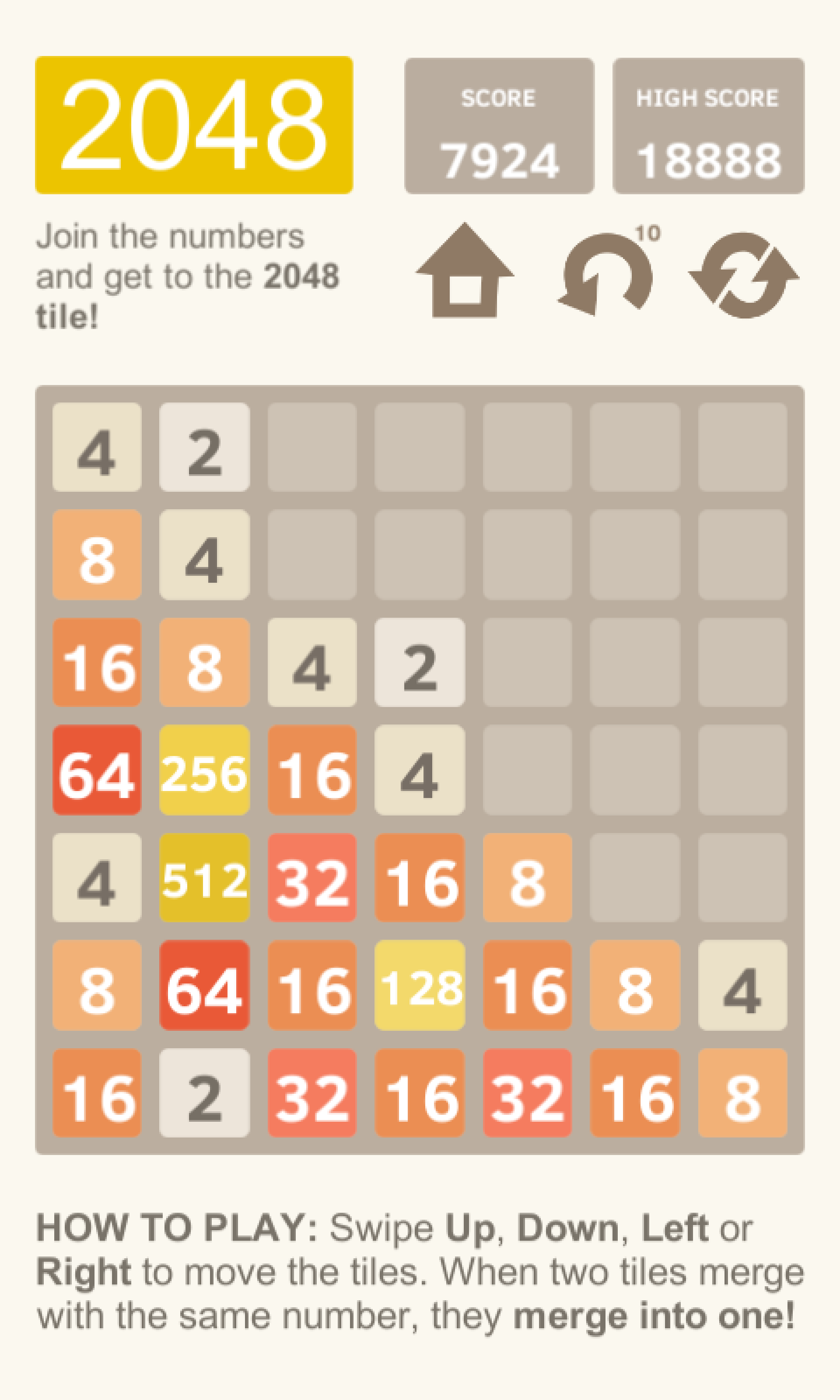
The 7 is written above the line and the remainder of 2 must be carried over to the next column. This is because 7 fours are 28 and the difference between 30 and 28 is 2. We now divide 30 by 4.ģ0 ÷ 4 = 7 remainder 2. The remainder of 3 is written in front of the 0 digit to make 30. The remainder is then written in front of this zero. If there is a remainder from the ones place value column, a zero must be written in the tenths place value column. The remainder is 3 because the difference between 7 and 4 is 3. These divisions are exact and there are no remainders. Here is another example of writing remainders as decimals.ĭivide each digit in the number individually, working from right to left.Ĥ ÷ 4 = 1 and 8 ÷ 4 = 2. The decimal remainder must be written after the decimal point. 20 ÷ 4 = 5 and so, 5 is written above the line after the decimal point. We write the remainder of 2 in front of the 0 in the decimal column to make ’20’. The remainder from the ones column is written in front of the zero in the tenths decimal column.

There is a difference of 2 between 6 and 4. This is because 4 goes into 6 once with 2 left over. The division of each digit is done from right to left.Ħ ÷ 4 = 1 remainder 2. The first step is to write a zero after the decimal point. If the number is not exactly divisible by the other number, a remainder can be written. Here is an example of writing a remainder as a decimal. For example 9 ÷ 4 = 2 remainder 1 because the largest multiple of 4 that goes into 9 is 8 and the difference between 9 and 8 is 1. It is the difference between the number being divided and the largest multiple of the number being divided by.
Repeat this last step and divide by the number in question until there are no more remainders.Ī remainder is the amount left over after a division. If there is still a remainder, write another zero in the next column and place the remainder in front of it. Divide this 2-digit number by the number in the question. Write the remainder from the ones column in front of the zero to make a 2-digit number. Write a zero in the place value column immediately after the decimal point. To write a remainder as a decimal, follow these steps: The decimal point of the answer is written directly between the ones digit and the tenths digit of the answer. 10 ÷ 5 = 2 and so, we write a 2 above the line. The remainder of 1 is written in front of the zero in the tenths column to make ’10’. The remainder is then written in front of the zero digit. If there is no digit in the decimal place value columns, write a zero. There is no digit in the decimal place value columns. Since there is a remainder, it must be carried across to the next place value column. 5 goes into 11 twice and so, we write 2 above the line. The 1 is written in front of the 1 in 561. The remainder is carried over in front of the next digit along. Because 5 goes into 6 once, a 1 is written above the line. Write the answer above the lineĥ ÷ 5 = 1 and so, 1 is written above the line.Ħ ÷ 5 = 1 remainder 1. The first step is to divide each digit from right to left. We write the digit of 5 to the left of the number 561. Draw a line between the numbers that also goes over the top of the number being divided. To do short division, write the number being divided by on the left of the number being divided. Here is an example of short division with a decimal remainder. The remainder of the division is written in front of zero digits written after the decimal point. If there is not a digit in the next column along, write the remainder in front of a 0.ĭecimal remainders occur when a number does not divide exactly into another. Look at the next column along and repeat steps 1 to 3.  Write the remainder in front of the next digit to the right. Write the greatest number of times that the number divides into each digit above the line. Divide each digit individually by looking at the digits from right to left. To do short division with decimal remainders, follow these steps:
Write the remainder in front of the next digit to the right. Write the greatest number of times that the number divides into each digit above the line. Divide each digit individually by looking at the digits from right to left. To do short division with decimal remainders, follow these steps: #How do you do division with 1 number into 3 numbers how to#
How to do Short Division with Decimal Remainders






 0 kommentar(er)
0 kommentar(er)
